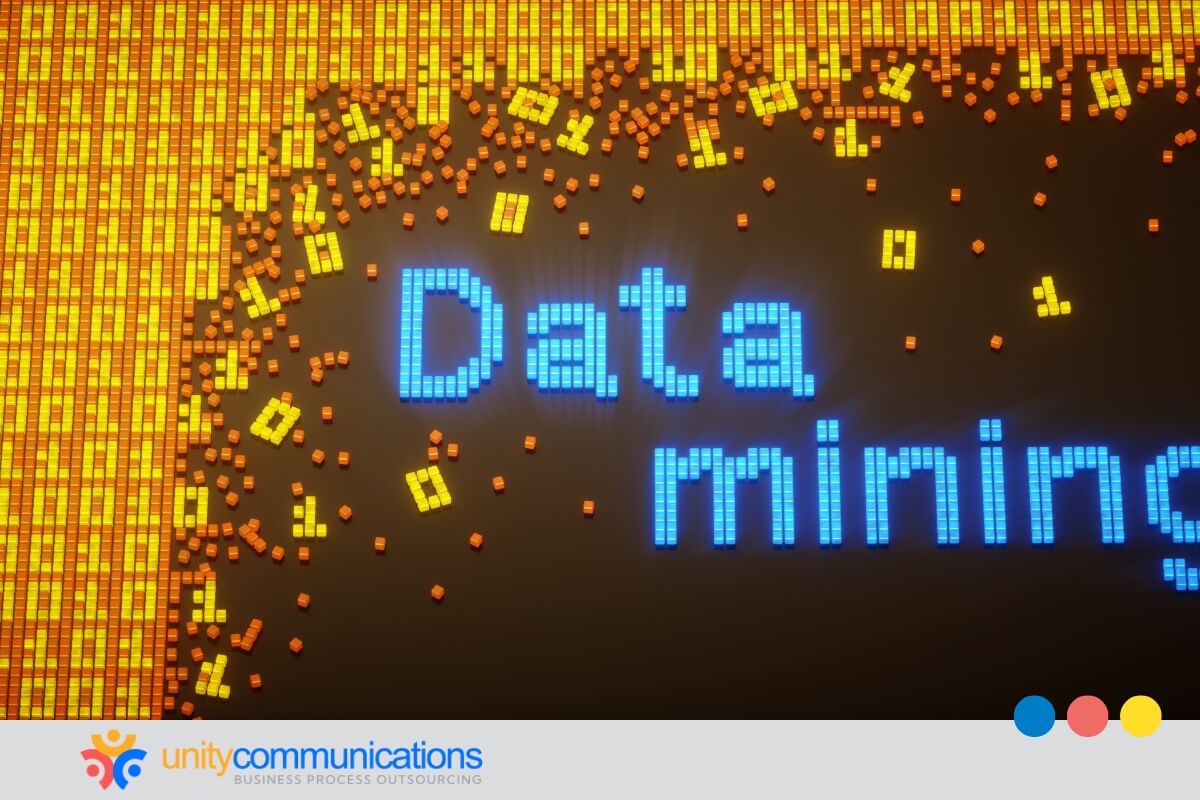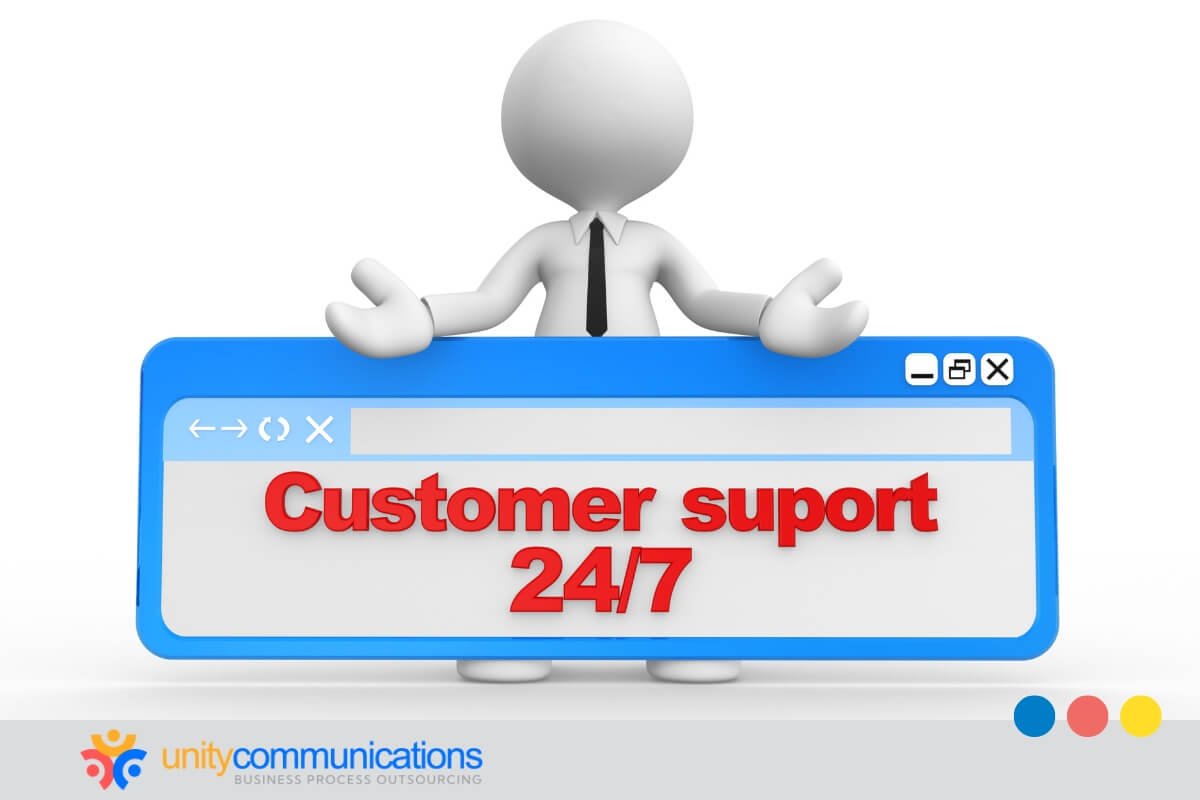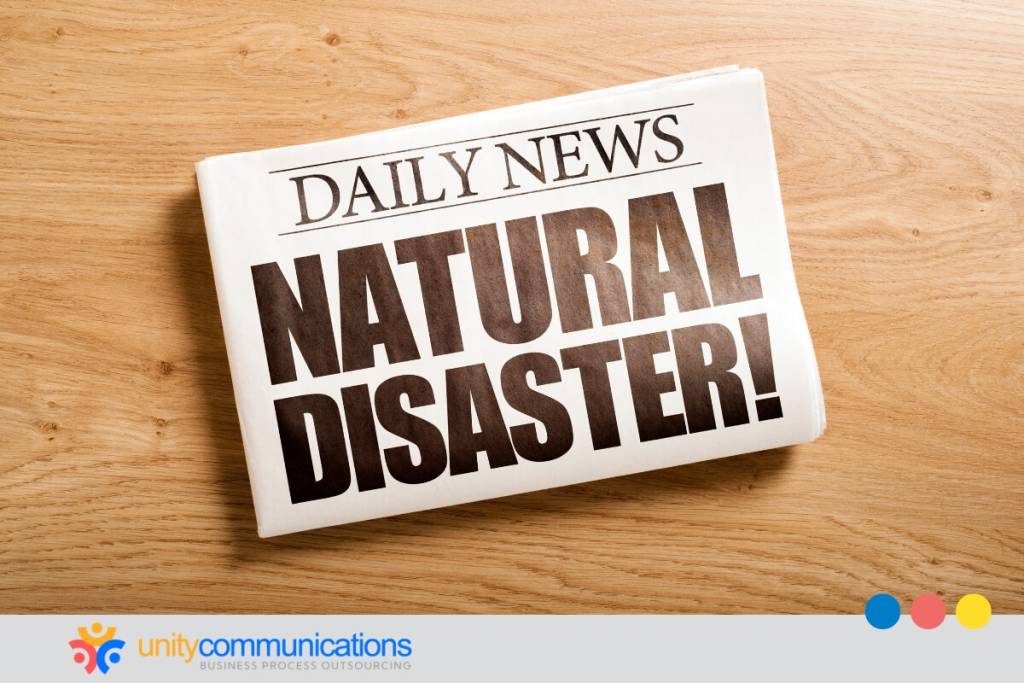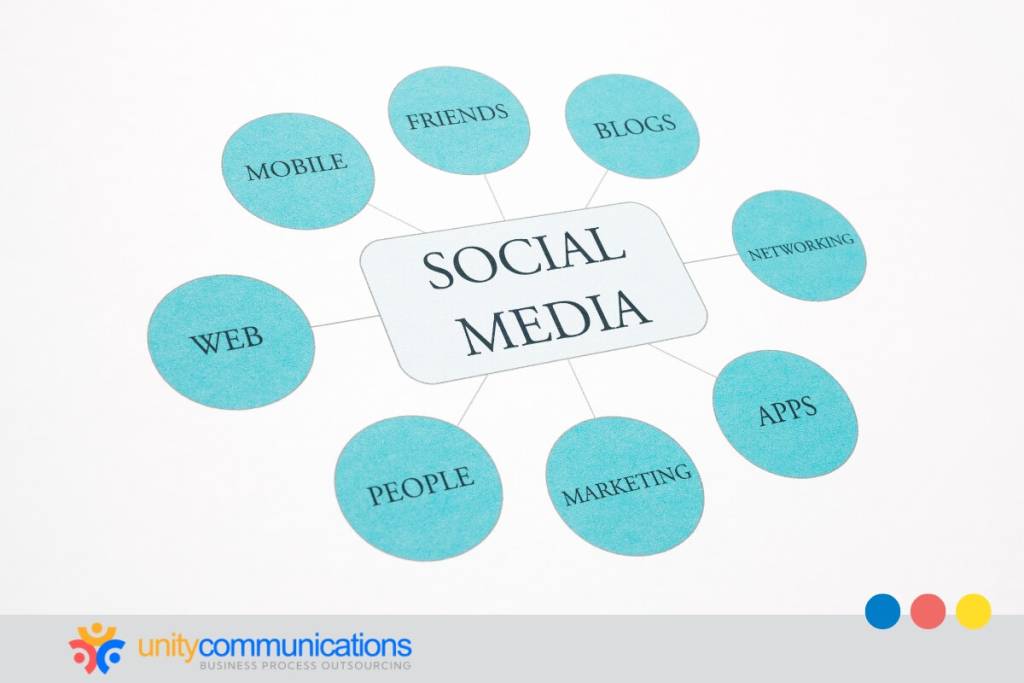Table of Contents
Accurately predicting natural disasters is crucial for safeguarding lives, property, and infrastructure. For instance, China’s efforts to reduce catastrophes have lowered its ranking on the World Risk Index from 34 in 2023 to 22 in 2024. However, the complexity and scale of natural disaster forecasting often necessitate specialized resources that might be challenging to acquire.
Business process outsourcing (BPO) emerges as a viable strategy for enhancing natural disaster forecasting capabilities. This article explores how outsourcing teams support forecasting services and highlights the technologies they leverage. Keep reading to learn valuable insights!
1. Enhancing data collection and analysis

One of the most time-consuming aspects of natural disaster forecasting is manually entering and validating vast amounts of data. Fortunately, business process outsourcing (BPO) services can help streamline these tasks.
But what is BPO? It is the practice of delegating functions to an external team that acts as an extension of your internal unit. Outsourcing providers have a pool of experts who can efficiently handle data entry to ensure consistency and minimize errors.
By outsourcing tasks such as data entry, cleaning, and validation, forecasting teams can focus on interpreting and analyzing data to identify potential threats. Here are some measures BPO teams implement to help you with data collection and analysis:
Leveraging advanced analytics techniques
BPO providers use big data analytics to extract valuable insights for natural disaster forecasting services. They perform the following:
- Data mining (identifying patterns, trends, and anomalies within large datasets)
- Statistical analysis (applying statistical methods to analyze data or findings)
These techniques allow forecasting teams to better understand natural disasters, mitigate risks, and identify early warning signs. China leverages big data technology to enhance disaster management. This most likely contributed to the country’s improved ranking on the World Risk Index.
Improving data quality and consistency
BPO teams can help maintain data quality and enhance decision-making in natural disaster forecasting services. They can minimize errors and inconsistencies by implementing the following standardized protocols:
- Data collection protocols (e.g., requiring specific measurement intervals and calibrated instruments for weather station data)
- Data validation rules (e.g., ensuring values fall within expected ranges and are consistent across different sources)
- Quality control checks (e.g., conducting regular audits, comparing data, and using visualizations to identify issues and potential risks)
Enhancing collaboration and knowledge sharing
Outsourcing providers can facilitate collaboration and knowledge sharing among forecasting teams and other stakeholders. BPO teams can create a shared natural disaster forecasting services platform by centralizing data management and analysis.
This knowledge base allows all relevant team members to access and analyze updated information. This can foster better communication and coordination, leading to more effective disaster preparedness, crisis management, and response efforts.
2. Utilizing artificial intelligence (AI) and machine learning (ML)

AI and ML are powerful tools that revolutionize various tasks, and natural disaster forecasting is no exception. These advanced technologies can significantly improve the accuracy and timeliness of predictions. As a result, communities can better prepare for and mitigate the impacts of disasters.
BPO providers can assist natural disaster forecasting services in developing and implementing AI and ML models. According to Deloitte’s 2022 outsourcing survey, out of 500 companies, 94% outsource their AI and ML capabilities.
AI and ML algorithms can analyze vast data from diverse sources, including historical weather patterns, climate models, satellite imagery, and real-time sensor readings. The process can find patterns, anomalies, and trends to identify potential disaster risks.
Here’s how BPO providers can help you develop AI- and ML-driven natural disaster forecasting services:
Predictive modeling
AI and ML algorithms can develop sophisticated predictive models to determine natural disasters’ likelihood, severity, and timing, including hurricanes, earthquakes, floods, and wildfires. These models can incorporate many factors, such as:
- Historical data (e.g., past occurrences of disasters, their intensity, and the conditions leading up to them)
- Current conditions (e.g., real-time data from weather stations, satellites, and other sensors)
- Climate change projections (e.g., future climate scenarios and their potential impacts on natural disasters)
Early warning systems
BPO teams can help your natural disaster forecasting efforts by developing AI and ML algorithms that enhance warning times and system services. These provide more accurate and timely alerts to affected communities. These technologies can:
- Analyze real-time data by continuously monitoring information from various sources to identify potential threats.
- Detect anomalies by identifying unusual patterns or deviations from normal conditions that may indicate an impending disaster.
- Trigger and send timely alerts to relevant authorities and the public, allowing for early preparation and evacuation.
Risk assessment
AI and ML can assess communities’ vulnerability to natural disasters and identify risky areas using the following factors:
- Geographic location (e.g., proximity to fault lines, coastlines, or floodplains)
- Infrastructure (e.g., condition of buildings, roads, and other infrastructure)
- Socioeconomic factors (e.g., population density, income levels, and access to essential services)
- Historical data (e.g., past disaster events and their impacts)
Decision-makers can use the information to prioritize mitigation efforts, allocate resources effectively, take targeted actions to reduce vulnerability, and improve resilience.
Scenario planning
BPO teams can develop AI and ML algorithms to help simulate different natural disaster scenarios and forecast their impacts to improve services. This also enables relevant agencies to develop effective response plans and identify critical infrastructure vulnerabilities.
Understanding the potential consequences of various disasters can inform decisions about resource allocation, evacuation strategies, and emergency response procedures.
3. Streamlining communication between forecasting teams and stakeholders

Effective communication is a cornerstone of successful disaster preparedness and response. In the face of impending natural disasters, timely and accurate information dissemination protects lives and minimizes property damage.
BPO teams streamline communication between natural disaster forecasting teams, government service agencies, and the public. Here are some of their strategies for improving collaboration:
Multilingual support
In many regions, the population comprises individuals from diverse linguistic backgrounds. For instance, in Florida, where hurricanes often hit, 22.5% speak other languages besides English. This diversity can present challenges in emergency preparedness. Not all citizens can access critical information in their native language.
BPO companies can help ensure disaster warnings and information are accessible by offering support in multiple languages. For specialized services such as natural disaster forecasting, they often recruit BPO agents with bilingual capabilities.
Communication technologies and strategies
BPO teams leverage communication tools to better equip natural disaster forecasting and response services and effectively disseminate information. These technologies include:
- SMS alerts: These can be a quick and reliable way to share disaster warnings and updates with many people.
- Social media platforms: Agencies can use Facebook, X, and other social media apps to share disaster information, provide updates, and connect with the public.
- Mobile apps: BPO providers can develop or support apps that provide real-time disaster information, alerts, and resources.
24/7 call center support
BPO companies for natural disaster forecasting can provide round-the-clock support services. These call centers give real-time updates on the situation, answer questions about evacuation routes and shelter locations, and guide the public on how to stay safe during and after a disaster.
Specialized call center agents can counsel or support individuals in crisis due to disasters, such as those who have experienced trauma or loss.
Public outreach programs
BPO teams can support natural disaster forecasting service providers in educating the public about preparedness and response. This can include:
- Developing educational materials (e.g., brochures, posters, and videos that provide information about disaster preparedness and response)
- Organizing public events (e.g., disaster preparedness drills and workshops to educate the public about the risks of natural disasters and how to protect themselves)
- Conducting media outreach (e.g., press releases, media interviews, social media campaigns, public service announcements, and media partnerships to ensure that critical information about disasters reaches a broad audience)
The bottom line
BPO can be a valuable tool for enhancing natural disaster forecasting services. Service providers offer comprehensive support for effective data management, analytics, and communication. They also integrate modern technologies such as AI and ML to optimize the processes involved in predicting and preparing for natural disasters.
With BPO support, meteorologists, climate scientists, and government disaster preparedness agencies can work together to build more resilient communities and mitigate the impacts of natural disasters.
Let’s connect if you want to learn more about outsourcing for natural disaster forecasting!




